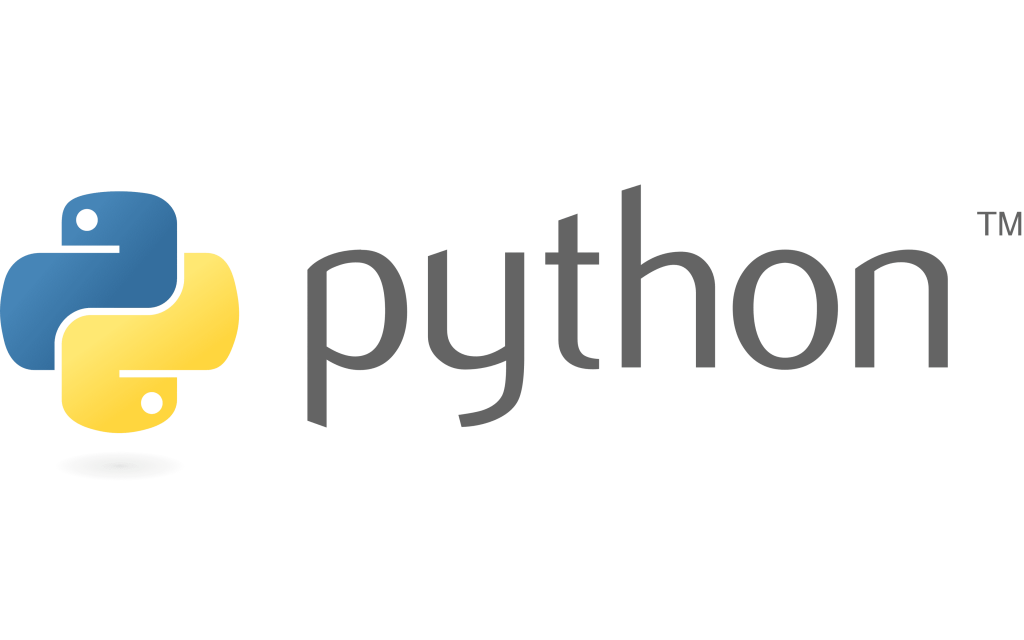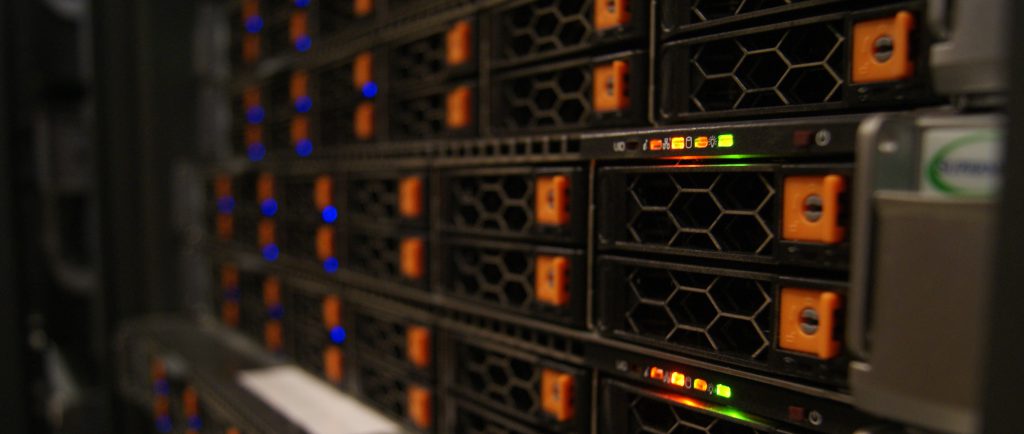U27-S02. Software installation on demand
Software installation on demand
This Unit offers an exceptional software installation service that is not present in our infrastructure. We study each case to try to find the best solution, as long as it fits the technical characteristics, both hardware and software of the Unit.











